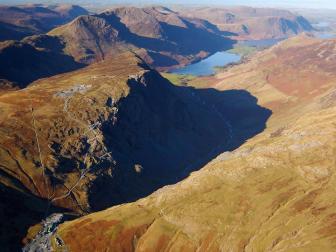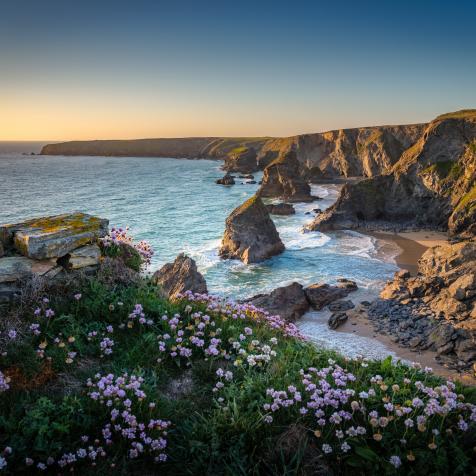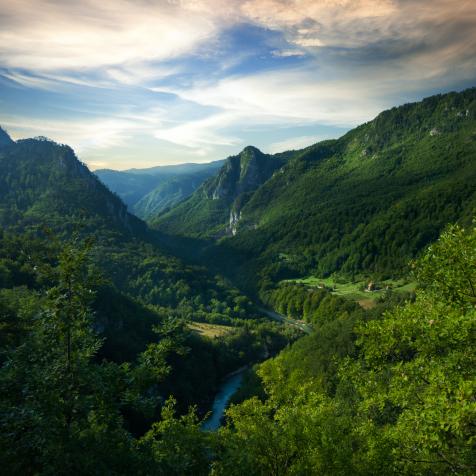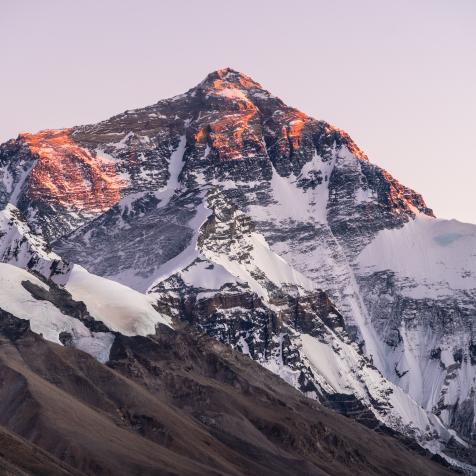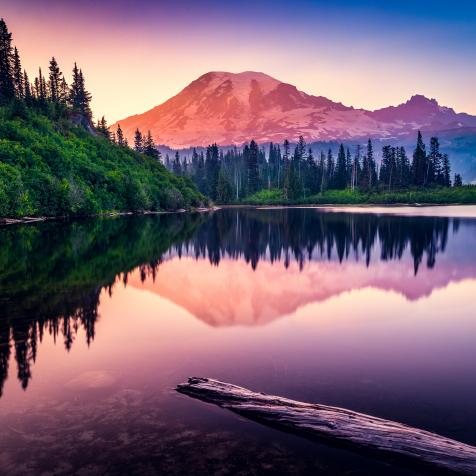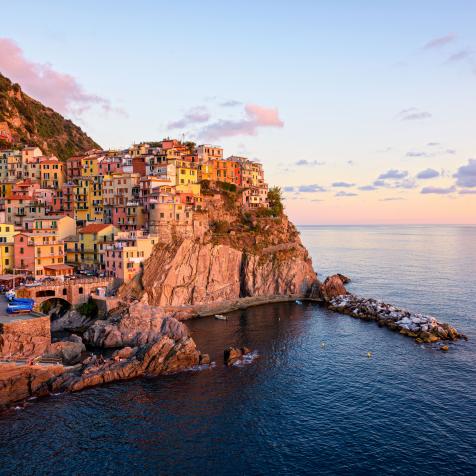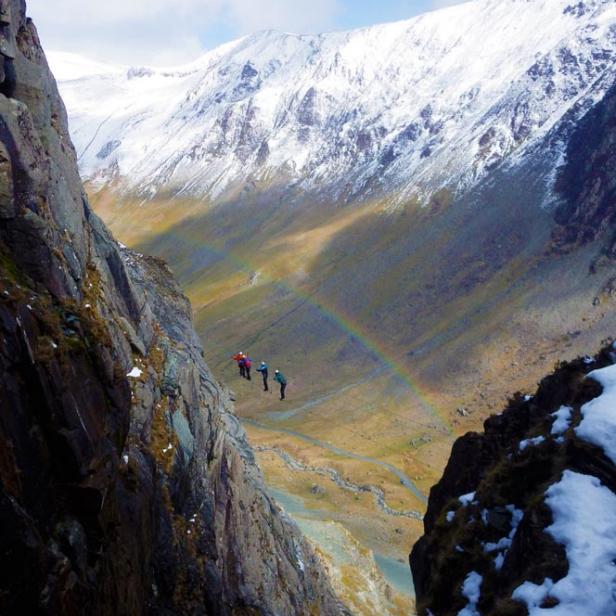
Climb England’s Stomach-Churning Iron Way
Adventure into Victorian England with rickety bridges and vertical climbs across a 19th-century mine.
In the mountainous Lake District, a series of wrought iron spokes and rickety ladders driven into vertical cliff faces - known as “via ferrata” - have become a daredevil’s dream.
Initially built across Europe during World War I to enable soldiers to carry supplies across the Alps, now, they’re used by thrill-seeking adventurers.
The via ferrata in the Lake District was originally implemented for Victorian miners to be able to get to the top of the mountain, and the route follows the original. The vertical hike begins outside the 19th-century mine and passes by the currently functioning Honister slate mine, at the top of Honister Pass in Borrowdale.
Explore the Via Ferrata in England's Lake District 5 Photos
Adventure into Victorian England with rickety bridges and vertical climbs across a 19th-century mine. Photo Crecit: Honister Slate Mine
The experience begins by watching a process that has changed little over the past 300 years before delving deep into the mine, which is still excavating slate formed some 400 million years ago.
Once you’ve had enough of being underground, then it’s time to ascend to the skies.
The walk, which is England’s highest – and only – via ferrata. is a combination of swinging rope bridges, vertical and horizontal climbs through narrow gorges, and along precipitous ledges. There’s no footpath, not even a trail. The trek culminates in an ascension higher than western Europe’s tallest skyscraper, the Shard.
It’s an adrenaline rush for any adventurer and provides some of the country’s most breathtaking views. Explorers skywalk across the daunting Infiniti Bridge, which is more than 2,000 ft above the valley’s floor, and then approach the summit of Fleetwith Pike, but not before scrambling over a huge vertical net.
The via ferrata, which means iron way, is a climbing system that uses a permanently fixed cable up the menacing rock face of the old miners’ pass. Climbers are attached to the system by a harness and then the adventure up the pass, which is where one of the highest and steepest in the region begins.
The “classic” route is suitable for families, as long as kids are over 10 years old. The “xtreme” route, however, is a far more challenging and breathtakingly exhilarating route.
Think clutching on a slim iron rung whilst your foot is precariously balanced on the precipice below, cliff edge ladders, and a tightrope bridge; then clambering up rickety slate steps towards a grey sky.

Photo Credit: Honister Slate Mine
The Burma bridge crossing is not for the faint-hearted. A 100 meter-long contraption strung between two mountains and teetering over deep valley, it’s a test of anyone’s courage. Exposure to strong winds make the bridge sway precariously, and it’s a challenge in itself to stay upright and keep moving forward as you’re rocked from side to side. And, if you’re in any way scared of heights, if definitely best to not look down.
But, once you’ve tackled the bridge, there lays some slightly easier clambering up slate slabs, before a final push to the finish line via an almost-vertical rope cargo net.
When you at last reach the top, the lakes of Buttermere, Crummock, and Loweswater, are framed by the surrounding fells. The picture-perfect end to an adventurous foray into the life of a miner in 19th-century Victorian England.









